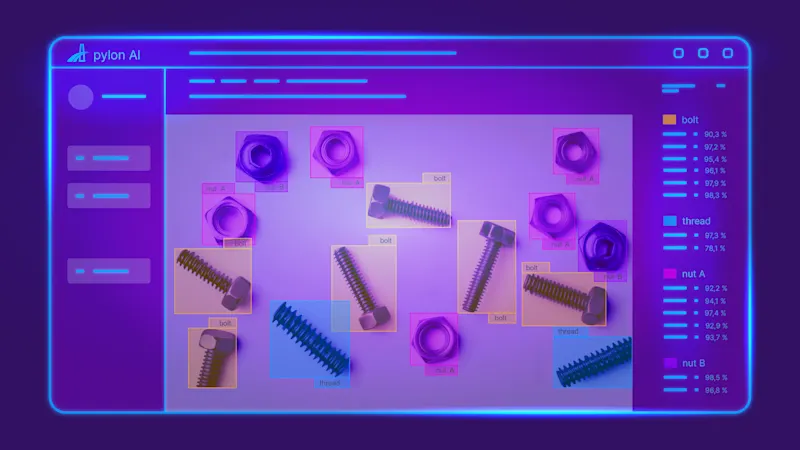Internet of Things (IOT) in Retail
The Internet of Things connects everyday objects using new technologies. Processes in many industries can thus be designed more efficiently and with less effort. From changes in stores to smart factories and Industry 4.0, the IoT is evolving retail and other industries. Discover how the Internet of Things can drive your retail business forward.
Development of embedded IoT vision systems

In our webinar, you will learn how to overcome the three biggest challenges in the development of IoT systems.
Learn how to implement an optimized machine vision architecture for deploying ML models from the AWS cloud to the edge device. This enables development teams to quickly start prototyping their intelligent, networked machine vision applications.
Watch IoT webinarUnderstanding the Internet of Things (IOT)
To understand the benefits of the IoT, the basic principle must first be clear: Everyday objects communicate in real time thanks to the internet and new technologies. People are already benefiting from this in their own homes: smart home applications are the perfect example of the Internet of Things. Automated roller shutters, smart door locks, and intelligent lighting systems only work thanks to the Internet of Things.

How the IoT is revolutionizing industries
Innovations that reach the home are also being used in industry, meaning that many sectors and companies are benefiting from the IoT:
Patient monitoring in the healthcare sector
Plant growth monitoring for farmers
Facial recognition for video surveillance
Quality control through image processing
Factory automation, Industry 4.0, and smart logistics
Technology for autonomous vehicles
Inventory management in retail
IoT in retail
The Internet of Things also offers immense benefits to the retail sector. The industry must respond to IoT innovations in order to meet customer expectations. Many are accustomed to modern standards at home and the shopping experience needs to keep up. As a manager of a retail chain, you can use the Internet of Things in a variety of ways:
Customer feedback: You can use IoT technologies such as display stands or intelligent shopping carts to obtain customer ratings in real time and thus increase satisfaction.
Payment processes: Thanks to NFC and Bluetooth, customers can make contactless payments using their cell phone or smartwatch without needing a wallet.
Orientation: In large sales areas, a vision systemhelps track customers and can offer them directions and product recommendations via smartphone.
Advice: Camera technologies and apps allow you to create personalized offers and analyze shopping behavior in real time to better support customers.
Inventory management: Intelligent shelving and cameras give you an overview of stock levels at all times and ensure optimized processes and a uniform design.

Requirements for an IoT vision system in retail
Of course, the Internet of Things (IOT) requires certain technical standards that must be implemented in the store. A stable network is the basis, since large amounts of data and image data are transmitted in real time.
Important for an effective IoT vision system
Data security: Pay attention to security when transferring image data.
Future-proof: Plan your image processing software so that it can handle future expansions and additional data volumes.
Efficiency: Avoid long loading times and high system loads with pre-processing. Process images locally and only send relevant data to the cloud. On the final computer, the data can then be used to create analyses, graphics and dashboards, and find solutions.
Use of technology: Use new technologies such as machine learningto reduce effort and respond more effectively to problems.
How IoT is reshaping the shopping experience
The integration of the Internet of Things (IoT) is fundamentally reshaping and evolving the retail sector. The IoT opens up innovative opportunities and impulses for both consumers and operators, revolutionizing the shopping experience in the digital age. It enables a personalized, efficient, and connected shopping experience that meets the expectations and needs of modern customers while creating new ways for operators to optimize and grow their businesses.
Vision systems as data suppliers
Among the most important and powerful sensors in an automated factory environment are vision systems with cameras. They usually consist of the following components:





